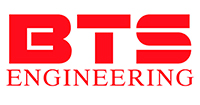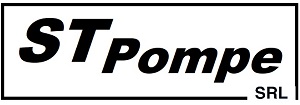The difference between self-priming and normally aspirated pumps
Self-priming and normally aspirated pumps
Theory
The maximum theoretical depth from which any pump on planet Earth can raise a liquid is minus one physical atmosphere, in meters of the water column, it is approximately 10.3 m. That is, there is no pump that can draw a liquid from a greater depth (no centrifugal, not vacuum, or diaphragm or any other).
Another misconception is that a pump with a power of, for example, 11 kW can ‘pull’ liquid from a greater depth than a pump with a power of 0.55 kW. The power of the pump affects its capacity and pressure, and has no bearing on the depth from which it can draw fluid.
Practice
Normal suction pumps
In fact, the vast majority of pumping units are normally suction pumps. This includes the entire group of centrifugal pumps, which are dynamic pumps (with a spiral impeller, vortex, radial or other). These pumps cannot self-priming (pull liquid without being primed) because when they start up, without liquid in the working chamber, they are essentially pumping air, and since the density of air is much lower than that of any liquid, the suction force (vacuum) is not sufficient.
In order to start such a pump unit, it is necessary to first fill the working chamber of the pump with liquid (water, alcohol, ethylene glycol, milk etc.). In addition, if the liquid level is below the axis of the suction pipe, a non-return valve must be installed at the end of the pipe, so that after stopping the pump, the liquid remains in the working cavity and it is possible to start working again.
A group of pumps with a pre-priming chamber should be selected separately. Although they are conventionally called self-priming, in fact these pumps are also normally priming and also require the presence of liquid in the working chamber to start work. The only difference is that you only need to fill the pump once, since the presence of a pre-filling chamber allows you to keep a reserve of liquid sufficient to start the pump. Accordingly, this feature allows the use of such pumps without a non-return valve.
Self-priming pumps
In most cases, when people talk about a ‘self-priming’ pump, they mean a unit that can draw liquid without pre-filling, simply by throwing a hose or lowering a pipe into the liquid.
Displacement pumps have this property - piston, diaphragm, impeller, peristaltic, roller pumps etc. The principle of operation of these pumps is based on a change in the volume of the working chamber, as a result of which they can draw liquid without filling.
This feature is very useful when working with aggressive substances, such as acids, alkalis, mineral fertilisers and other liquids, when it is not possible to fill the working chamber.
This group includes the vast majority of pipette pumps (plunger, diaphragm, peristaltic). Simply lower the suction nozzle (hose) into the reagent and switch on the pump, and the process of filling the working chamber and further operation will begin automatically.





























































































































